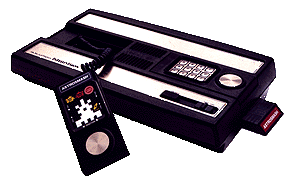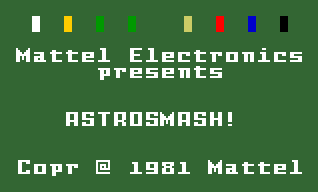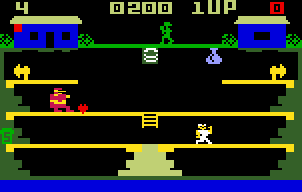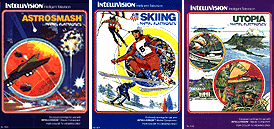
My Models: [Intellivision]



|
|

In 1979, the Atari 2600 was the reigning king of the home video game market. There was nobody else around to challenge it until December, when Mattel Electronics, a division of the Mattel Toy Company, released their game console, named Intellivision (standing for "Intelligent Television"). By the end of their first year, they found themselves sold out of approximately 200,000 units. In 1976, Richard Chang, of Mattel Toys had the idea of manufacturing a videogame system utilizing a General Instruments Gimini 6900 16-bit chip. In 1978, after extensive plans were made, a group from Mattel’s Design and Development team, led by Dave Chandler, began engineering the hardware. The unique idea behind the design of the system was in the function of allowing programmers the ability to define new graphics for each new game. In December 1979, Mattel Electronics introduced the Intellivision console to American consumers. It retailed for $299. In advertisements they emphasized the superior graphics their system offered over the Atari 2600. In June 1980, Mattel marketed PlayCable with Jerrold, a cable television provider. Cable subscribers who signed up for PlayCable needed to purchase an adapter for $48. It plugged into the Intelevision system through the cartridge port. For six to ten dollars a month, users could select from a limited number of Intellivision titles twenty-four hours a day. It was introduced to a select number of cities and though it was reportedly popular, PlayCable was discontinued in 1983. As a note, Sega did the same thing with the Sega Channel... starting almost 10 years later!
FUN FACT: Magnavox actually patented the concept of the home videogame when they created the Odyssey Game System. When Atari released the 2600, they obtained a license from Magnavox, reportedly at a very low price. By the time the Intellivision was released, Magnavox realized their mistake. They demanded a hefty fee from Mattel for each Master Component sold. Mattel decided not to pay; after careful analysis, the legal department concluded that the patent would never stand up in court. Wellllll.....it did. Magnavox sued, won, and Mattel coughed up a few million dollars.

The Intellivision was test marketed in 1979 in Fresno, California, along with four cartridges: Poker & Blackjack, Math Fun, Armor Battle, and Backgammon. The test was a success, and in 1980 the Intellivision went into wide release. 175,000 were sold in 1980, 500,000 in 1981 and another 500,000 in 1982. Counting the Intellivision II and the Sears, Radio Shack and INTV clones, approximately 3 million master components were ultimately sold. The Intellivision originally retailed for $299. Within a year the price had dropped to $249, and in 1982 a $50 rebate brought the actual price under $200. The cheaper-to-produce Intellivision II (which did not come with a game cartridge as the original Intellivision had), was introduced at around $150, but by late 1983 retailed for $69.95. That became the final Intellivision price point. Master Components sold by Mattel Electronics' successor, INTV Corp., from 1985 through 1990 were sold for $69.95 each.



